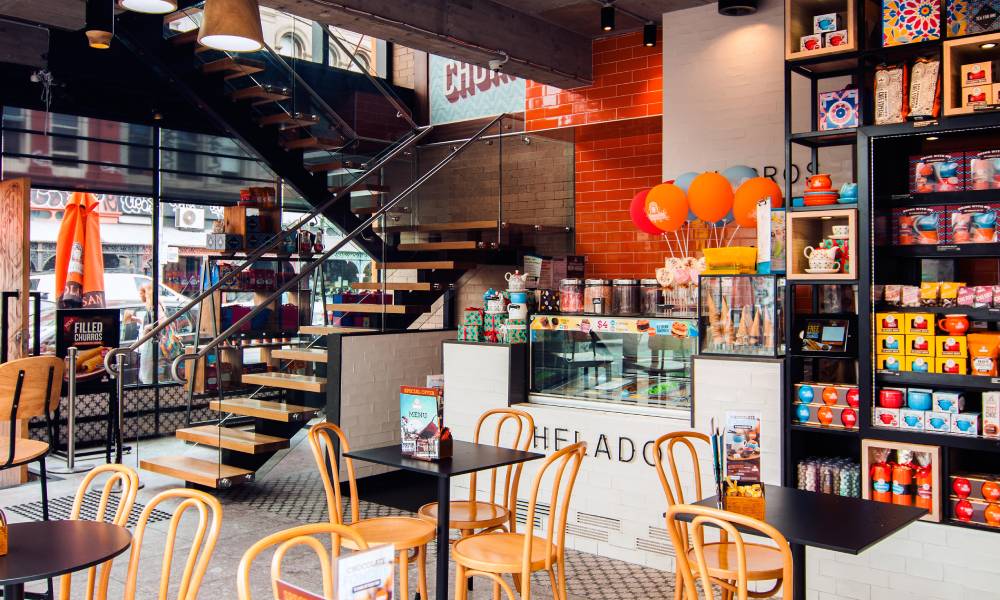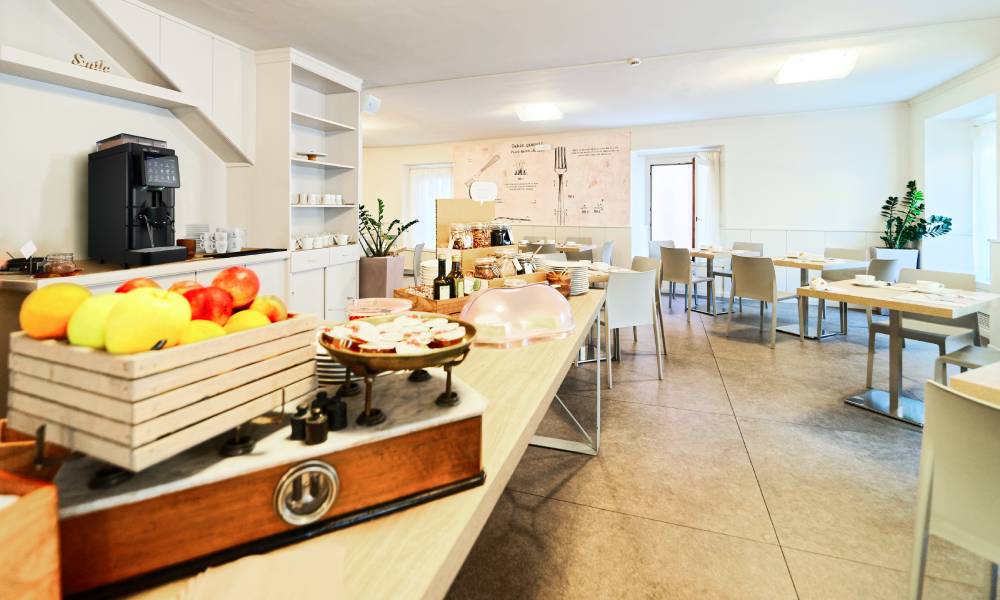Coffee shop layout: Managing a multi-storey coffee shop
Multiple levels can be one of the most difficult coffee shop layouts to manage. Lauren Loudon explores the challenges, and offers some solutions.
For some, the dream of going big is always there. Whether they are already involved with coffee, or are newcomers to the industry – managing a multi-storey coffee shop has its own allure.
Multiple levels in a coffee shop can offer various advantages. Dividing spaces enables there to be distinct moods. This can ultimately broaden the appeal to a wider array of customers.
For instance, designating a specific study area accommodates the growing number of people who want to work in a café. This arrangement can benefit both customers and the café. For customers, it can clear up the often murky rules on whether or not working is allowed.
For the café, an allocated work area allows them to make full use of their dining space – giving them the opportunity to generate more revenue from their best tables.
Another level can also serve as an event space where businesses can host private parties without disrupting regular customers. This is also a great way to diversify revenue streams.
Having multiple floors can be particularly advantageous for busy coffee shops. Another level provides spill-over space. Furthermore, some customers might find the service area noisy and disruptive, so having an additional space that’s separate from the commotion could be more appealing to them.
In case of a maintenance problem, such as with the coffee machine, having multiple floors would also ensure that not all the customers in the café are disrupted by the issue.
Ultimately, there are many benefits to managing a multi-storey coffee shop – but this doesn’t mean they come easily.

The challenges of multiple levels
First and foremost, you’ve got to fill that space. The coffee shop market is saturated, and many businesses still struggle with footfall after the Covid-19 pandemic. With the additional rent of a multi-storey establishment, it’s crucial to ensure you can attract customers to fill that capacity – or at least avoid financial losses because of it.
Following that, managing an at-capacity multi-storey coffee shop has its challenges.
Segmented customer spaces can be more difficult to supervise. In the hospitality industry, it’s crucial that communication remains consistent and every message is relayed. However, maintaining effective communication between staff members across different floors can be problematic.
Similarly, transporting food and drinks over longer distances is already a task that servers might not favour; the presence of stairs can add an extra layer of difficulty to this job. Because of this, staff members may become stressed or anxious – this is another element to manage.
Essentially, having structured and efficient systems is crucial for any food and beverage business, and this becomes even more essential when dealing with multiple levels.

A divided space can be positive, too
To address these challenges, hospitality businesses often divide their floor space into sections. In the context of a multi-storey café, a floor manager could be responsible for overseeing all operations on a specific floor, for example.
Dedicated runners might be assigned specifically to deliver food and drink – helping to keep the whole system running and ensuring all orders are delivered across all sections.
Ultimately, the more levels you have, the more moving parts there are – and each moving part must be accounted for and managed correctly. This all requires more staff, and a coffee shop can accumulate a significant labour bill as a result.
One way to ensure that customer wait times are kept to a minimum, while controlling labour costs, could be to use a superautomatic coffee machine in a less accessible section of the coffee shop, possibly a designated work area.
Year by year, the quality of these machines is improving. Carimali’s SilverAce Plus, for example, is able to produce a wide variety of high-quality milk-based drinks with a single touch.
Superautomatic coffee machines have historically not been found in coffee shops; these spaces have been the domain of semi-automatics. However, certainly in a multi-storey coffee shop, the two are not mutually exclusive.
Additionally, the quality perceptions about these machines are shifting. Some roasters even develop coffees specifically for them.
In turn, coffee shops are finding ways to accommodate superautomatic coffee machines and reap their benefits. For instance, the pay-per-minute model charges customers based on the time they spend in the café. As part of this, customers are free to serve themselves food and drinks. This approach is gaining popularity, especially as remote working becomes more widespread.
For a multi-storey coffee shop, incorporating such a space allows the business to reduce labour costs and alleviate staff stress, all while still providing high-quality coffee to its customers.
In reality, running a café with multiple levels can be more challenging than first imagined. While a divided layout can pose significant managerial challenges, it also offers advantages – as long as staff communication is slick and the spaces are used effectively.







